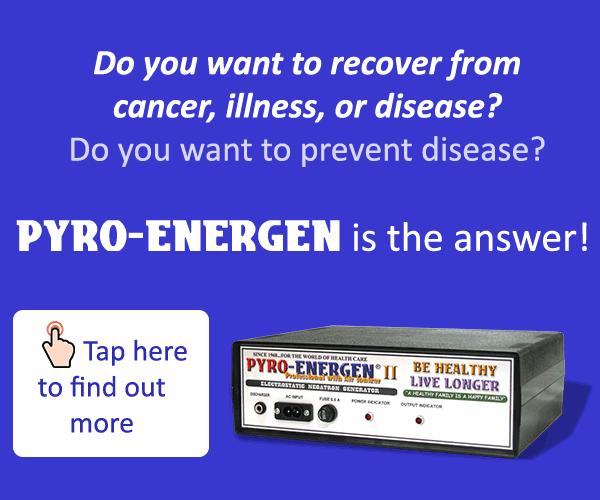Food Allergy – Diagnosis and Treatment
Updated: July 2022
There are several kinds of allergies, and "food allergy" is the most common. Food allergy is defined as being hypersensitive to dietary substances, leading to various types of gastrointestinal complaints. It occurs mainly, but not exclusively, in children. It is usually treated with an exclusion diet.
You May Have Food Allergy without Knowing
Rarely, food allergies may lead to death. There are people who have no consciousness of allergy even though clinical tests show that they have. Incidence of food allergy or food poisoning is increasing, especially in children.
Our body is protected by the immune system from all food intake. However, for some people, the immune system does not work properly, and its abnormal response to food is called "allergy". Allergy is believed to be caused by "protein". Foods such as peanuts, milk, eggs, tree nuts, fish, shellfish, soy, and wheat contains protein and these foods account for about 90% of all allergic reactions.
There is some information that soybean oils also contain some allergen. However, protein is removed (through the refining process) on soybean oils that are sold generally in the market.

How Do We Diagnose Allergic Reaction in the Body?
This is usually done through a skin testing method called "skin prick test". This method uses a needle to inject small amounts of allergen extracts to the surface of the skin. If red mark develops around the skin, then it indicates allergic condition. If nothing marks around the punctured skin, then, there is no sign of allergy for that particular food.
In one study, out of 300 people tested with the skin prick test, 84% of them showed an allergic condition, meaning 2 out of 3 people are on allergic constitution. However, it does not mean that all of them are conscious with allergy. Some of them have strong constitution without consciousness of allergy. It is also evident that children have more consciousness with allergy, and the constitution changes depending on age and lifestyle.
How Do You Treat Food Allergy?
Why do children suffer more from food allergy? We believe that it is because of environmental assessment and disruption. Treatment options include an exclusion diet and hyposensibilisation. Exclusion diets prevent attacks by limiting exposure to the allergen.
Hyposensibilisation is the creation of immune tolerance by introducing the allergen in very small amounts and gradually increasing the dose until the immune system is "used (has built up a resistance)" to the allergen.
PYRO-ENERGENSome types of allergy are triggered by an unknown cause or suddenly occur for no apparent reason. There are also allergic reactions that are secondary to viral infections. In this case, the use of the PYRO-ENERGEN machine can also be effective.
Related Articles
1. "The Hidden Cause of Nickel Metal Allergy Revealed"
2. "How to Get Rid of Itchy Skin Rashes or Allergies"
3. "Allergies and Dreadful Diseases Are Caused by the Same Origin"
Reprint Rights: You may reprint this article within your website, blog, or newsletter as long as the entire article remains the same as well as the “About the Author” box.



 Junji Takano is a Japanese health researcher involved in investigating the cause of many dreadful diseases. In 1968, he invented PYRO-ENERGEN, the first and only electrostatic therapy machine that effectively eradicates viral diseases, cancer, and diseases of unknown cause.
Junji Takano is a Japanese health researcher involved in investigating the cause of many dreadful diseases. In 1968, he invented PYRO-ENERGEN, the first and only electrostatic therapy machine that effectively eradicates viral diseases, cancer, and diseases of unknown cause.


